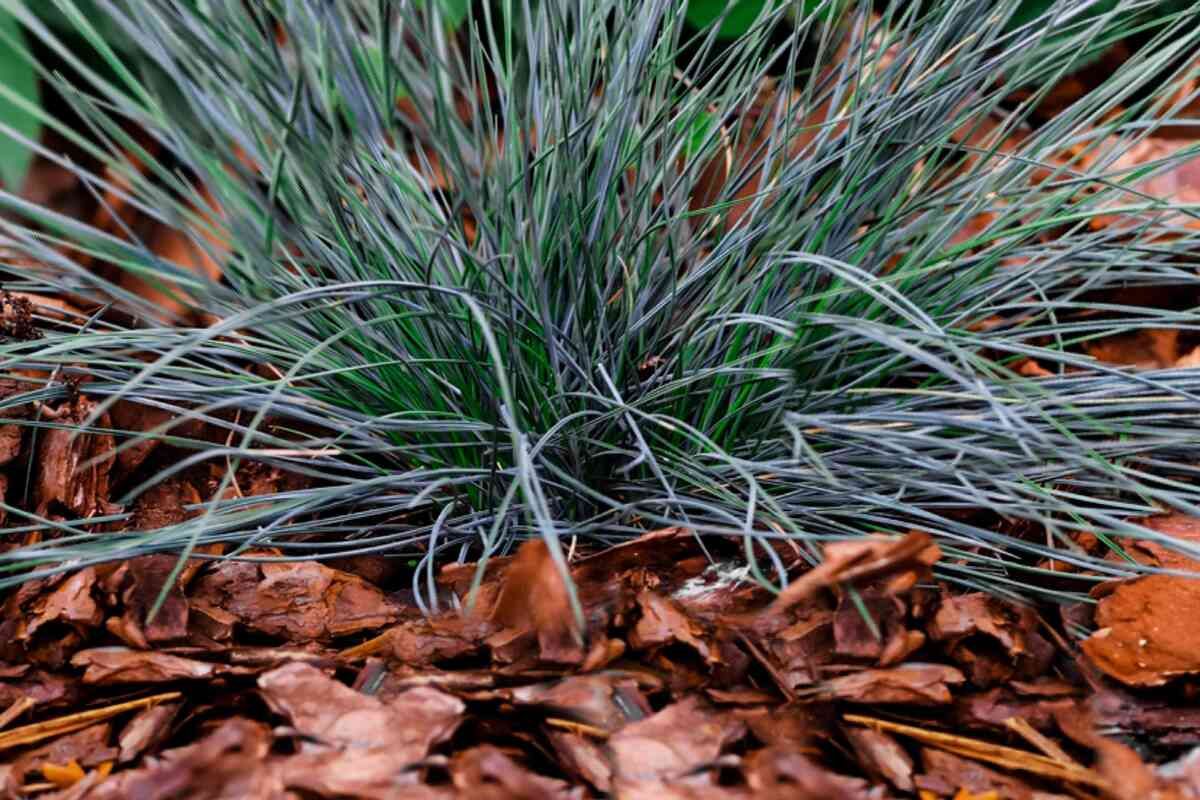
What makes Blue Fescue such a popular choice for gardens and landscapes? Blue Fescue, known for its striking blue-gray foliage, is a favorite among gardeners due to its low maintenance and versatility. This ornamental grass thrives in various climates, making it an excellent choice for different regions. Its drought tolerance means it requires less water, perfect for eco-friendly gardens. Additionally, Blue Fescue's compact size and neat, clumping growth habit make it ideal for borders, rock gardens, and container planting. Its year-round color adds visual interest even in winter. Plus, it’s resistant to pests and diseases, reducing the need for chemical treatments. Whether you're a novice or experienced gardener, Blue Fescue offers beauty and practicality, enhancing any outdoor space effortlessly.
What is Blue Fescue?
Blue Fescue, also known as Festuca glauca, is a popular ornamental grass. Its striking blue-gray foliage makes it a favorite in gardens and landscapes. Let's dive into some fascinating facts about this unique plant.
-
Blue Fescue is a perennial grass. This means it lives for more than two years, providing long-lasting beauty in gardens.
-
It is native to Europe. Originating from the cooler regions of Europe, Blue Fescue thrives in similar climates around the world.
-
The grass forms clumps. Instead of spreading out, Blue Fescue grows in neat, compact clumps, making it easy to manage.
-
It has needle-like leaves. The leaves are thin and pointed, giving the plant a unique texture.
-
Blue Fescue is drought-tolerant. Once established, it can survive with minimal water, making it ideal for xeriscaping.
Growth and Care
Understanding how to grow and care for Blue Fescue can help you maintain its vibrant appearance. Here are some key points to consider.
-
It prefers full sun. Blue Fescue thrives in areas with plenty of sunlight, which helps maintain its blue color.
-
Well-drained soil is essential. The grass does not like wet feet, so ensure the soil drains well to prevent root rot.
-
It can tolerate poor soil. Unlike many plants, Blue Fescue can grow in less fertile soil, reducing the need for frequent fertilization.
-
Regular trimming keeps it tidy. Cutting back the grass in early spring encourages new growth and maintains its shape.
-
Mulching helps retain moisture. Applying a layer of mulch around the base can help keep the soil moist and cool.
Landscaping Uses
Blue Fescue's unique appearance makes it a versatile choice for various landscaping applications. Here are some ways to use it in your garden.
-
It works well as a border plant. The compact growth habit makes it perfect for edging pathways and garden beds.
-
Blue Fescue is great for rock gardens. Its drought tolerance and striking color make it a standout in rocky landscapes.
-
It can be used in mass plantings. Planting several clumps together creates a stunning visual effect.
-
The grass is ideal for containers. Blue Fescue's compact size makes it suitable for growing in pots and planters.
-
It pairs well with other plants. Combining it with contrasting plants can create a dynamic garden display.
Seasonal Changes
Blue Fescue undergoes some changes throughout the year. Knowing what to expect can help you better appreciate this plant.
-
The color intensifies in cooler weather. The blue hue becomes more vibrant in fall and winter.
-
It produces flower spikes in summer. Small, tan flower spikes appear in mid-summer, adding another layer of interest.
-
The foliage may turn brown in extreme heat. During hot summers, the grass might go dormant and lose some color.
-
It can be divided in spring or fall. Dividing the clumps every few years helps rejuvenate the plant and promote healthy growth.
-
Blue Fescue is evergreen in mild climates. In regions with mild winters, the grass retains its foliage year-round.
Wildlife and Environmental Benefits
Blue Fescue not only enhances garden aesthetics but also offers benefits to wildlife and the environment.
-
It provides habitat for insects. The dense clumps offer shelter for beneficial insects like ladybugs and spiders.
-
The grass is deer-resistant. Deer tend to avoid Blue Fescue, making it a good choice for areas with high deer populations.
-
It helps prevent soil erosion. The root system stabilizes the soil, reducing erosion on slopes and hillsides.
-
Blue Fescue is low-maintenance. Its minimal water and fertilizer requirements make it an eco-friendly option.
-
It can improve air quality. Like other plants, Blue Fescue absorbs carbon dioxide and releases oxygen, contributing to cleaner air.
Common Issues and Solutions
Even though Blue Fescue is hardy, it can face some challenges. Here are common issues and how to address them.
-
Overwatering can cause root rot. Ensure the soil drains well and avoid excessive watering.
-
Pests are generally not a problem. Blue Fescue is relatively pest-free, but occasional aphids can be washed off with water.
-
Fungal diseases can occur in humid conditions. Improve air circulation around the plants to prevent fungal growth.
-
It may need rejuvenation. If the grass becomes sparse, cutting it back hard in early spring can encourage new growth.
-
Yellowing leaves indicate stress. Check for proper watering, soil drainage, and sunlight exposure to keep the plant healthy.
Fun Facts
Blue Fescue has some interesting characteristics that make it stand out. Here are a few fun facts to enjoy.
-
It is often used in modern landscapes. The sleek, blue foliage fits well with contemporary garden designs.
-
Blue Fescue is a favorite in Japanese gardens. Its neat appearance complements the minimalist aesthetic of Japanese garden design.
-
It can be used as a ground cover. In larger areas, Blue Fescue can serve as a low-maintenance ground cover.
-
The grass is easy to propagate. Dividing the clumps or collecting seeds are simple ways to propagate Blue Fescue.
Final Thoughts on Blue Fescue
Blue Fescue is more than just a pretty plant. Its hardiness, low maintenance, and versatility make it a favorite among gardeners. Whether you're looking to add a pop of color to your garden or need a plant that can withstand tough conditions, Blue Fescue fits the bill. Its blue-green foliage and compact size make it perfect for borders, rock gardens, or even as a ground cover. Plus, it attracts beneficial insects while being resistant to pests and diseases. With minimal care, this plant can thrive in various climates and soil types. So, if you're considering adding a new plant to your garden, give Blue Fescue a try. You'll find it not only enhances your garden's beauty but also makes your gardening experience more enjoyable.
Was this page helpful?
Our commitment to delivering trustworthy and engaging content is at the heart of what we do. Each fact on our site is contributed by real users like you, bringing a wealth of diverse insights and information. To ensure the highest standards of accuracy and reliability, our dedicated editors meticulously review each submission. This process guarantees that the facts we share are not only fascinating but also credible. Trust in our commitment to quality and authenticity as you explore and learn with us.


